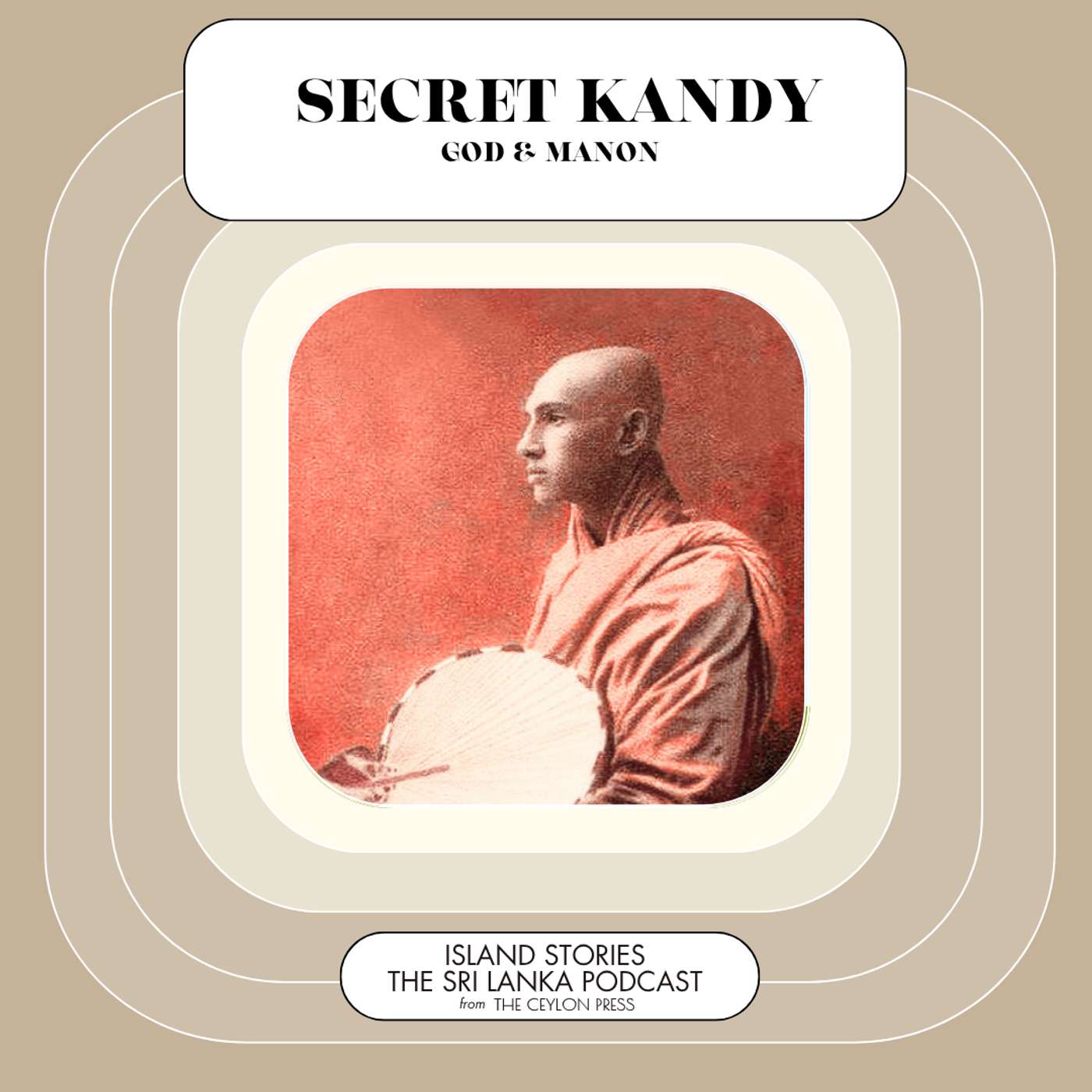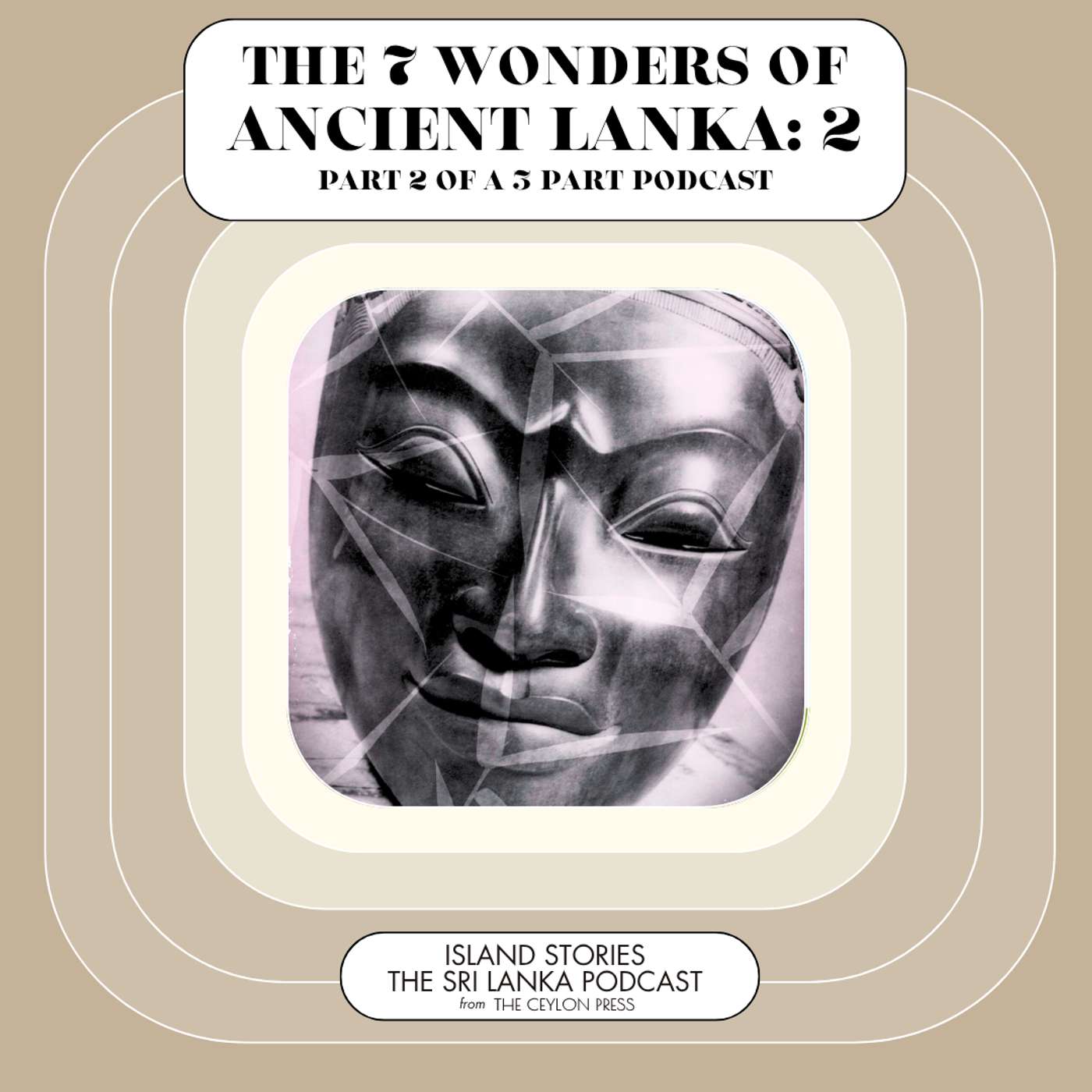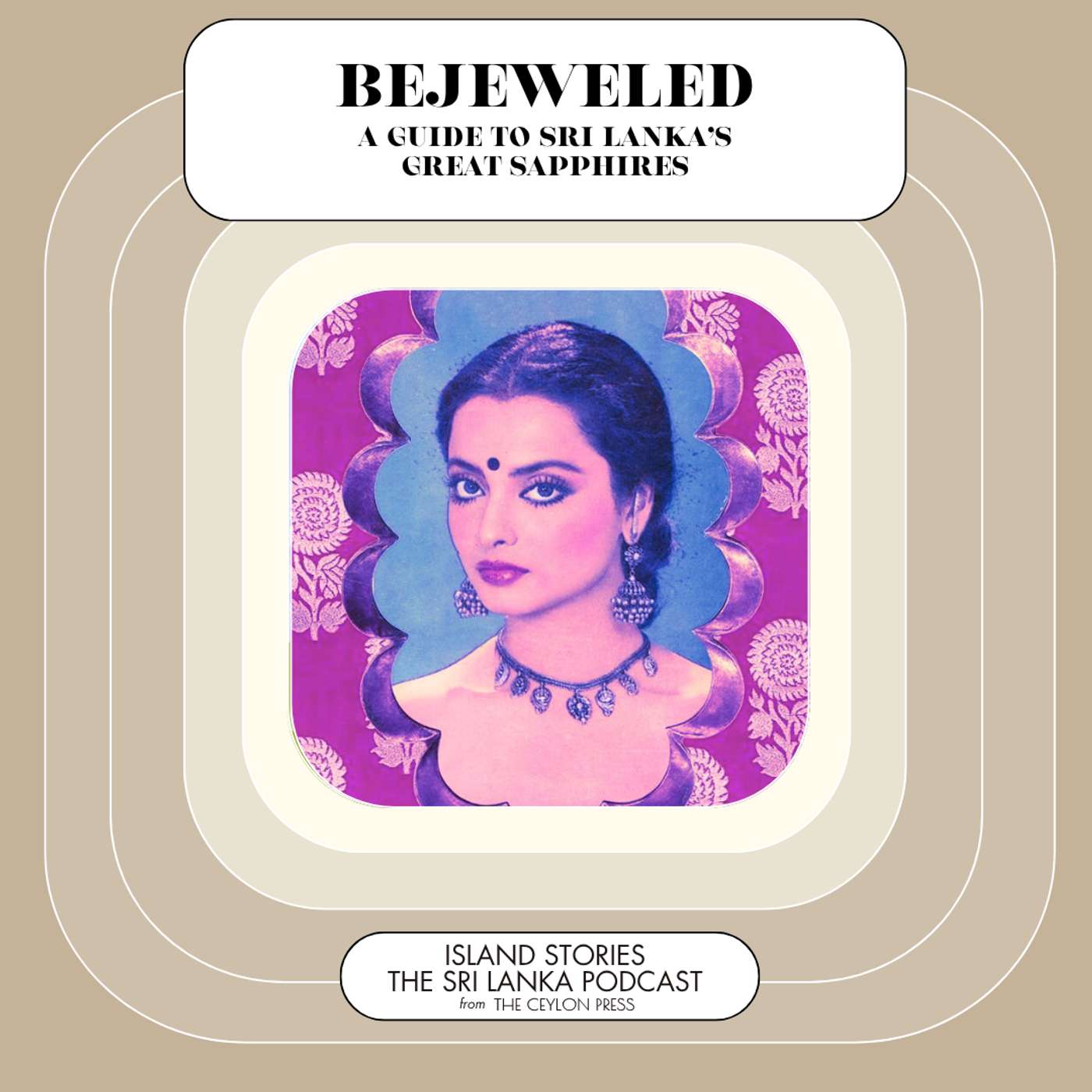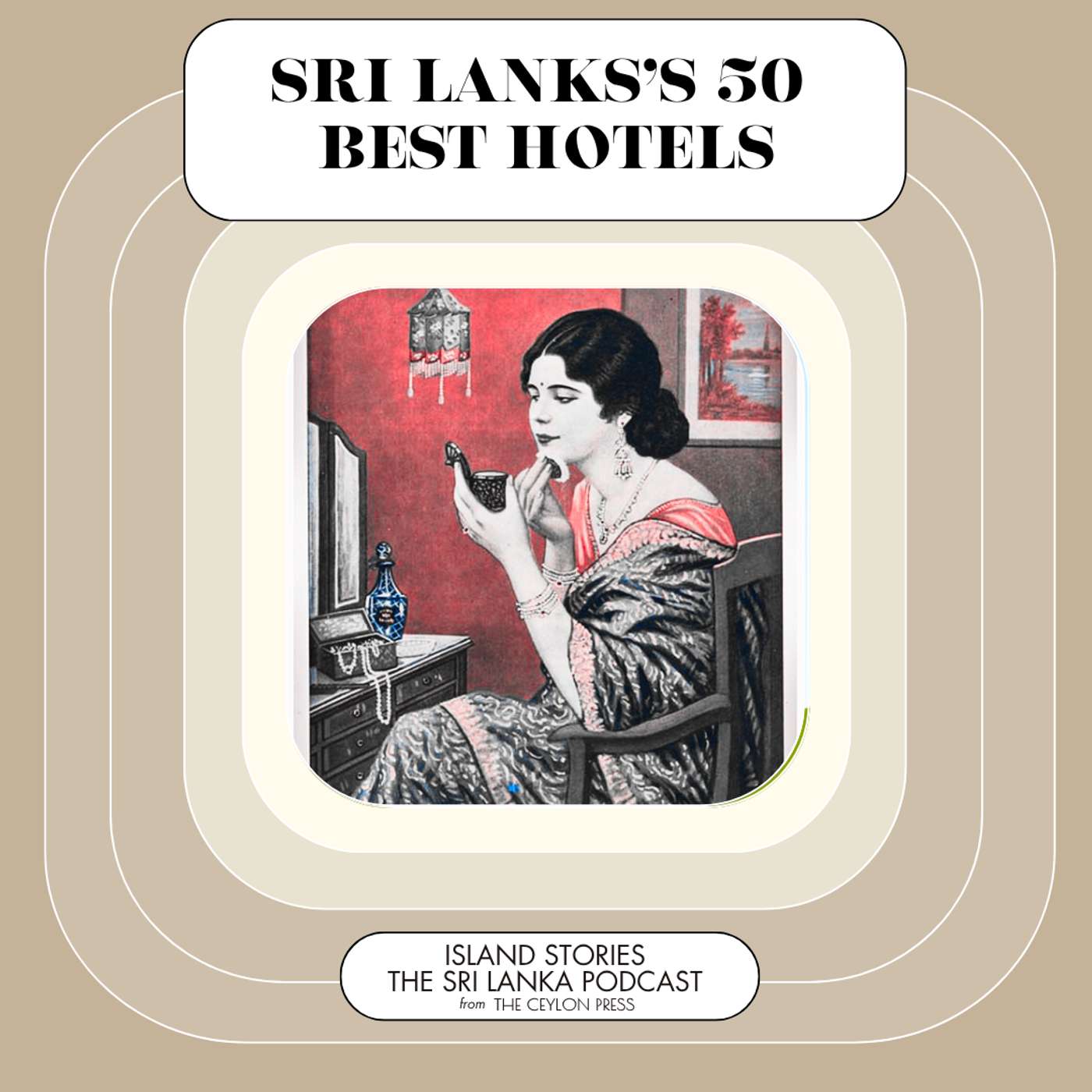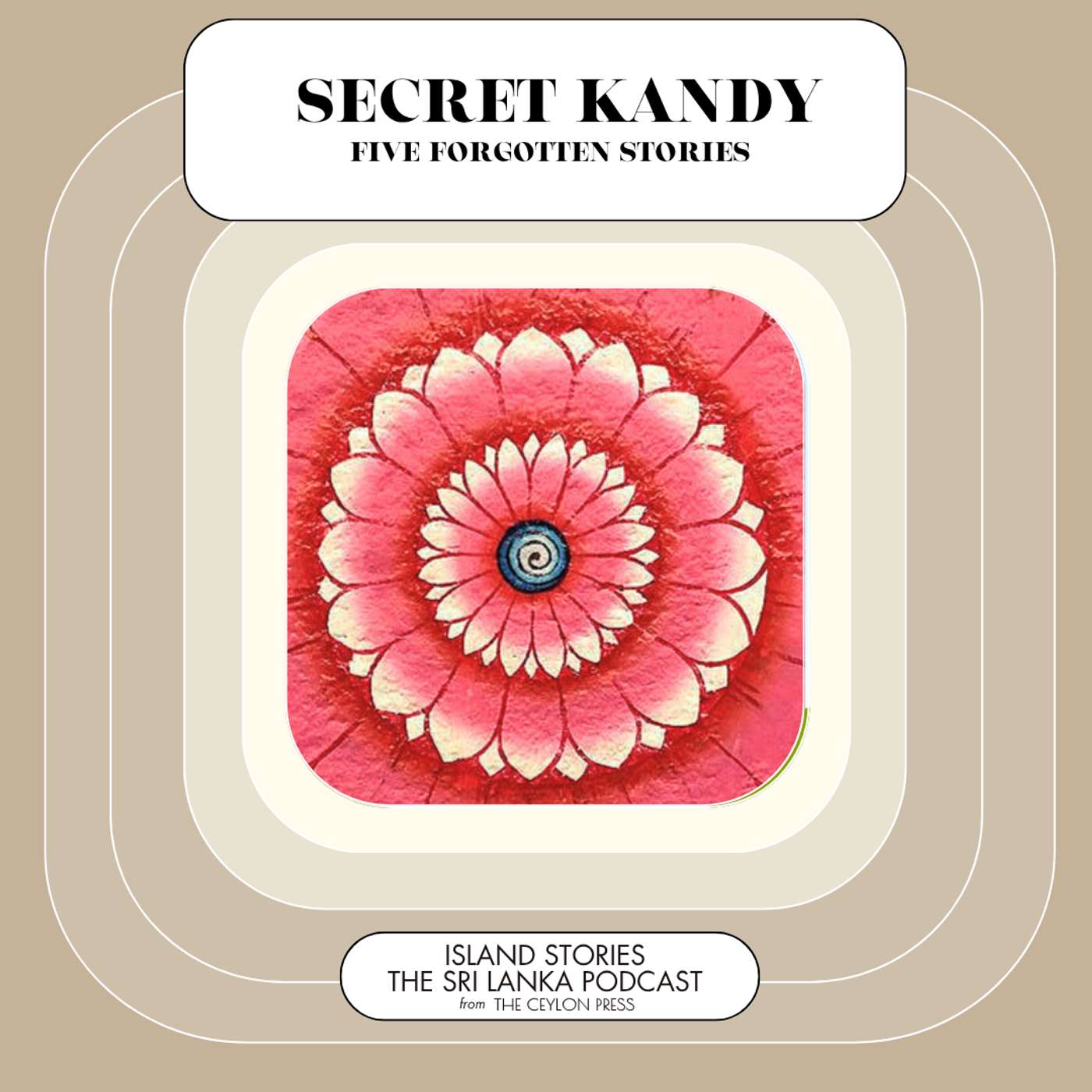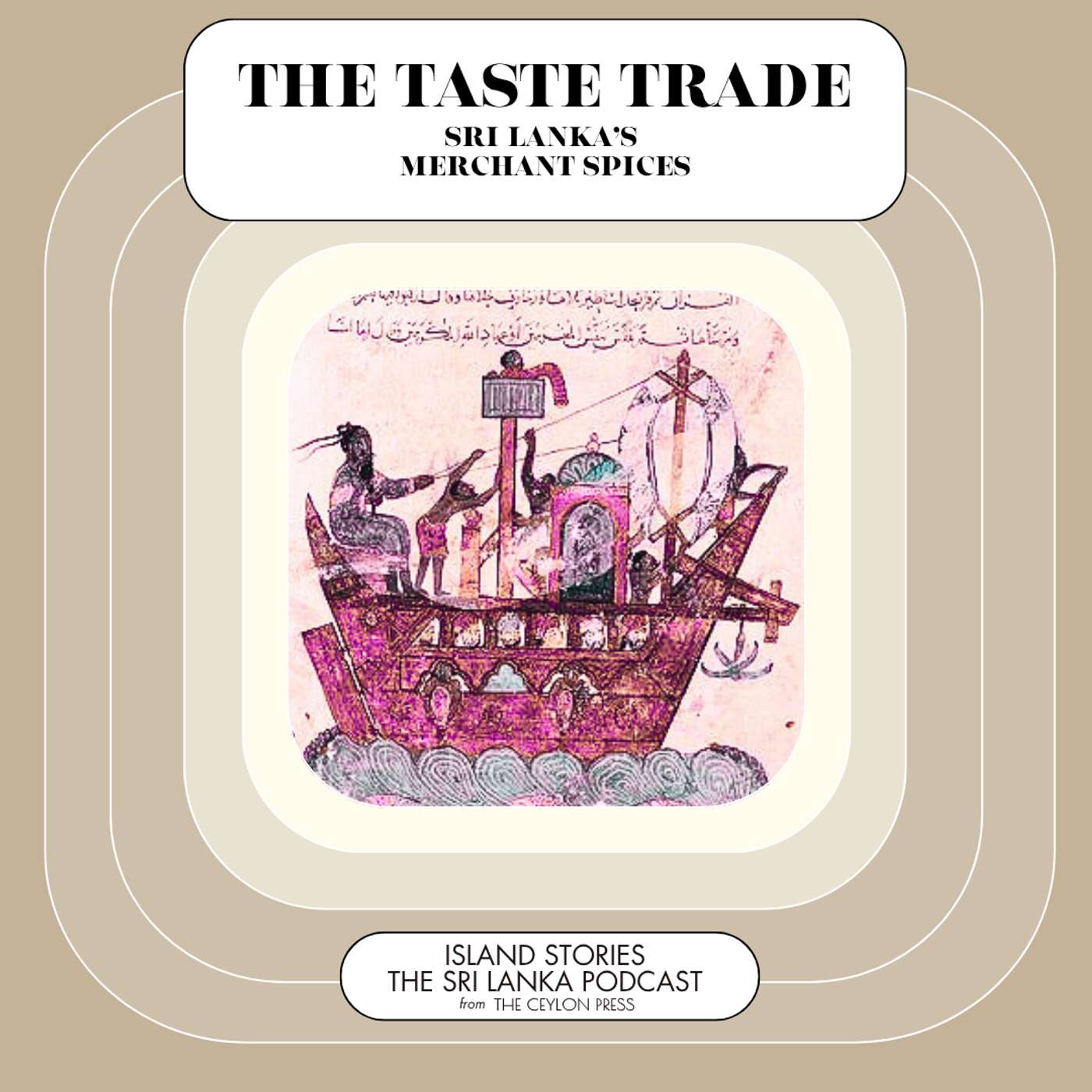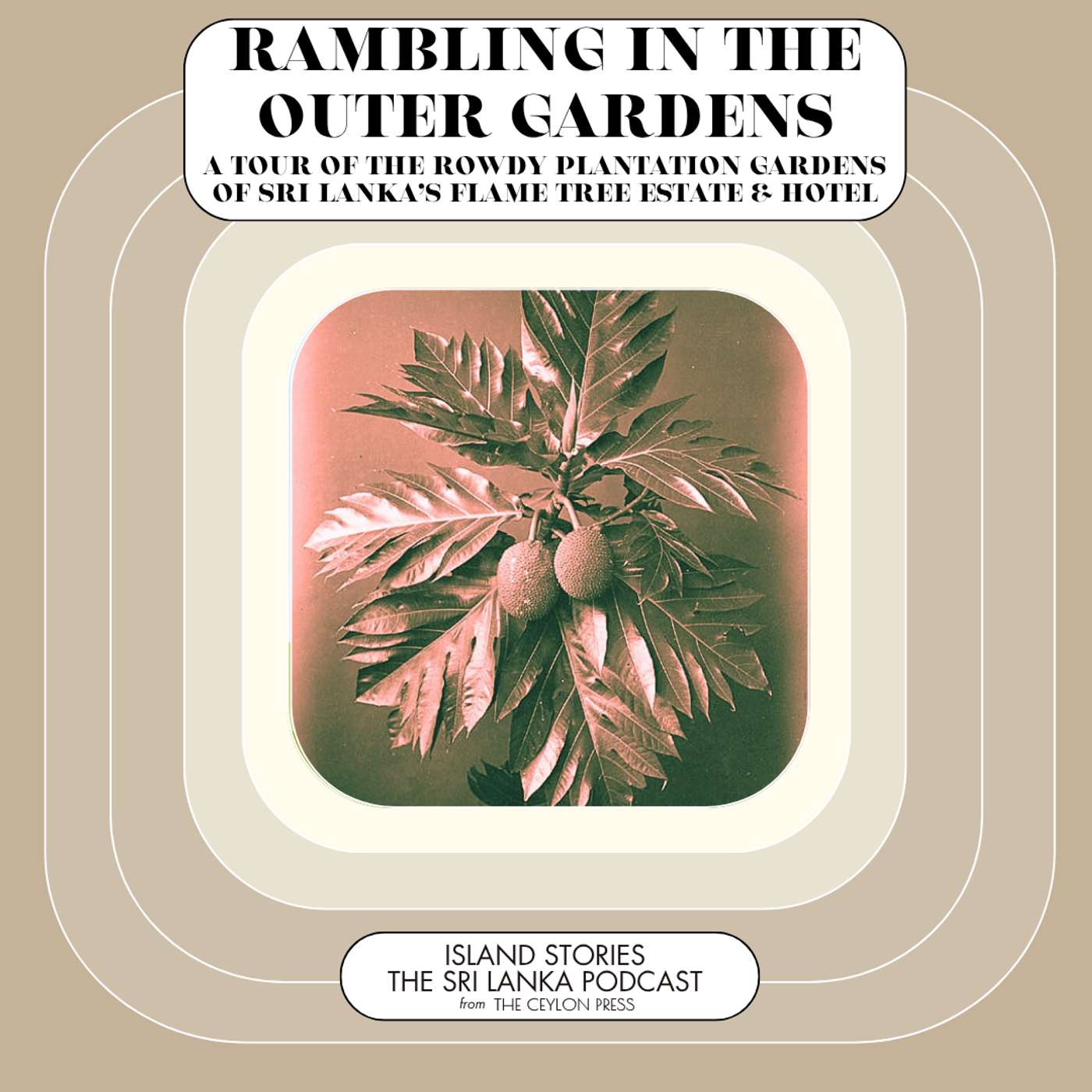Secret Kandy: God & Mammon
Description
This episode is dedicated to Kandy - but Kandy as the Buddhist Vatician City of Sri Lanka.
Kipling believed that to understand a country and its history you had to smell it. Yet the past is documented in so many other ways - in books, or architecture; in music or even food. In Sri Lanka, it is the temples that best hold its story. Even so, their stories, like their secrets, are often hard to capture, and harder still to comprehend. It is thought that there are well over 1,000 temples scattered in and around Kandy and its hinterland. Few are properly documented and remain secrets to all but the people living next to them. Each one would have once had a pivotal position in its society, its influence casting itself out like a fishing net to encompass the administration, governance, and politics of its local society in ways that are now long lost. To see such places today, shorn of all this context is like being told something intimate and confidential but having little wherewithal to properly interpret their mystery.
For the island’s temples are far more than just places of worship. If every you are able to read them right, you will read the real record of the land. They are garrulous witnesses to its kings and wars, its festivals and customs, everything in fact that reflects back the country’s life for over two thousand years. Many of the island’s greatest medieval and early modern temples lie in and around Kandy. And many of these were built or restored by Kirti Sri Rajasinha, the second Kandyan king from its third and final royal family, the Nayak Dynasty of Madurai, India. An especially passionate Buddhist devotee, with a fondness for the religion’s more aristocratic expressions, it was his reforms that did much to restore Buddhism which had been badly damaged by the unrelenting forces of colonialism, especially – at the time – from the Dutch.
Given Rajasinha many other challenges, including fighting the Dutch and seeing off serial internal rebellions, it is surprising he was so successful with his religious priorities. In order to jump start what by now was a most depleted Buddhist Sanga and to purge it of what he saw as practices inconsistent with the teachings of Lord Buddha, he enlisted the help of Buddhist monks from Thailand and backed the founding what became the Siam Nikaya, which is now the largest of the two most prominent Buddhist chapters on the island.
This most establishment of establishment orders is located at the Malwatu Maha Viharaya, a complex of temples and monasteries that were given the 14th century pleasure gardens of the earliest Kandyan kings as their new address. Like the White House or Vatican, Malwatu Maha is a power magnet, fusing religion and politics into so certain a draw as to ensure that, should you ever have problems locating the President, important ministers, notable visiting foreign dignities or ambitious politicians and celebrities, there is a more than certain chance that you are likely to find them queuing outside the doors of the chief prelate of the Chapter here.
Barely five miles away from Malwatu Maha is another of Kirti Sri Rajasigha’s temples: the Galmaduwa, the loneliest temple in Kandy. Barely anyone goes there; indeed it is not even a proper temple, its construction being abandoned by the king whose busy mind had moved from temple making to fresco painting. Yet it is an arresting building, the most Hindu of Buddhist shrines with a high tapering gateway exactly like those used to highlight the entrances to temples across Tamil Nadu.
The frescos the king abandoned Galmaduwa Viharaya for can be seen a mile or so up the road at the Degaldoruwa Raja Maha Vihara. With hindsight, the king’s change of priority was bang on for the frescos that cover the walls of this temple are among the very greatest ever commissioned by any of the island’s kings. Despite being inevitably religious in character, telling with due piety, the story of Lord Buddha, their sub text, as well as their sheer artistry, marks them out as exceptional. Into their scenes are incorporated the images of their times – Portuguese firearms, for example, the uniformed attendants of the kings, processional elephants, fish, trees as stylised as corals, the inside of homes, flowers, furniture, coaches, queens, guest arrivals and dinner parties.
On the opposite and western side of Kandy, are several other incomparable temples – albeit ones whose daily visitor numbers can be recorded with the forlorn fingers of a single hand. The greatest by a whisker is the Lankatilaka Rajamaha, built around 1350 by the kings of Gampola, Versillian rulers with a reputation for enjoying all the finer points of culture.
As the Black Death destroyed faraway Europe, Sri Lanka’s late medieval kings enlisted the artistry of a Tamil architect famous for his Hindu temples to create a Buddhist edifice that merged the Sinhalese architecture of Polonnaruwa period with Dravidian and Indo Chinese flourishes. It could have been a car crash of a building; instead Sthapati Rayar, the architect, pulled off a masterpiece. Elegant, highly incised white walls stretch into a roof of patterned tiles across three granite stories, the inside adorned with frescos.
A few miles on is the Gadaladeniya Temple. Built around the same time as the Lankatilaka Rajamaha, by the same kings, to the design of another renowned Tamil architect, Ganes Varachari, this temple is, if anything, yet more distinctive, its Vijayanagar architecture blending Dravidian, Deccan, Islamic, Hindu and Rajput features with other more common Singhala qualities.
Remarkable though these temple are, one other exists that is yet more heart stopping for its sheer, naked beauty. It is best appreciated – at first at least – from afar. Very afar. From the Presence Chamber in London’s Kensington Palace in fact. For here, where English monarchs received foreign ambassadors, is a fireplace of limewood carvings and cherubs by Grinling Gibbons. No wood sculpturers are the equal of this Michelangelo of woodcarving, who immortalised Restoration England and his patron, Charles II with his “unequalled ability to transform solid, unyielding wood and stone into something truly ethereal. None - expect one practicing at a similar time in the middle of Sri Lanka - Delmada Devendra Mulachari.
Mulachari is renowned for many things but the rarest by far is Embekke Devale. A medieval masterpiece, the temple had withstood wars, weather and most especially the interminable conflict waged by the Portuguese and Dutch on the island’s last kingdom – in nearby Kandy. By the 1750s it was in a sorry state, its dilapidated walls noted by the rising young artist, Mulachari who lived nearby, his family, one of a number of Singhala artists from the South, having come north to seek work. Wood carver, sculptor, architect, artist, - Mulachari worked for the last three kings of Kandy; and most especially Rajasinha. In this the king was greatly helped by Mulachari, who built for him the Audience Hall and the Octagon in the Temple of the Tooth, and the Cloud Wall that surrounds its lake.
Travellers, whether local or foreign, with a temple in mind, head with unfailing sureness to The Temple of the Tooth, and not Embekke Devale. Although just fifteen kilometres apart, the two temples are worlds apart in artistry. The Temple of the Tooth has a stolid, almost bourgeois respectability. By comparison, at Embekke Devale, you enter instead a magical world in which formality occupies but the smallest of parts.
In every section, in every place, are the surviving 500 statues of the great artist, each...

